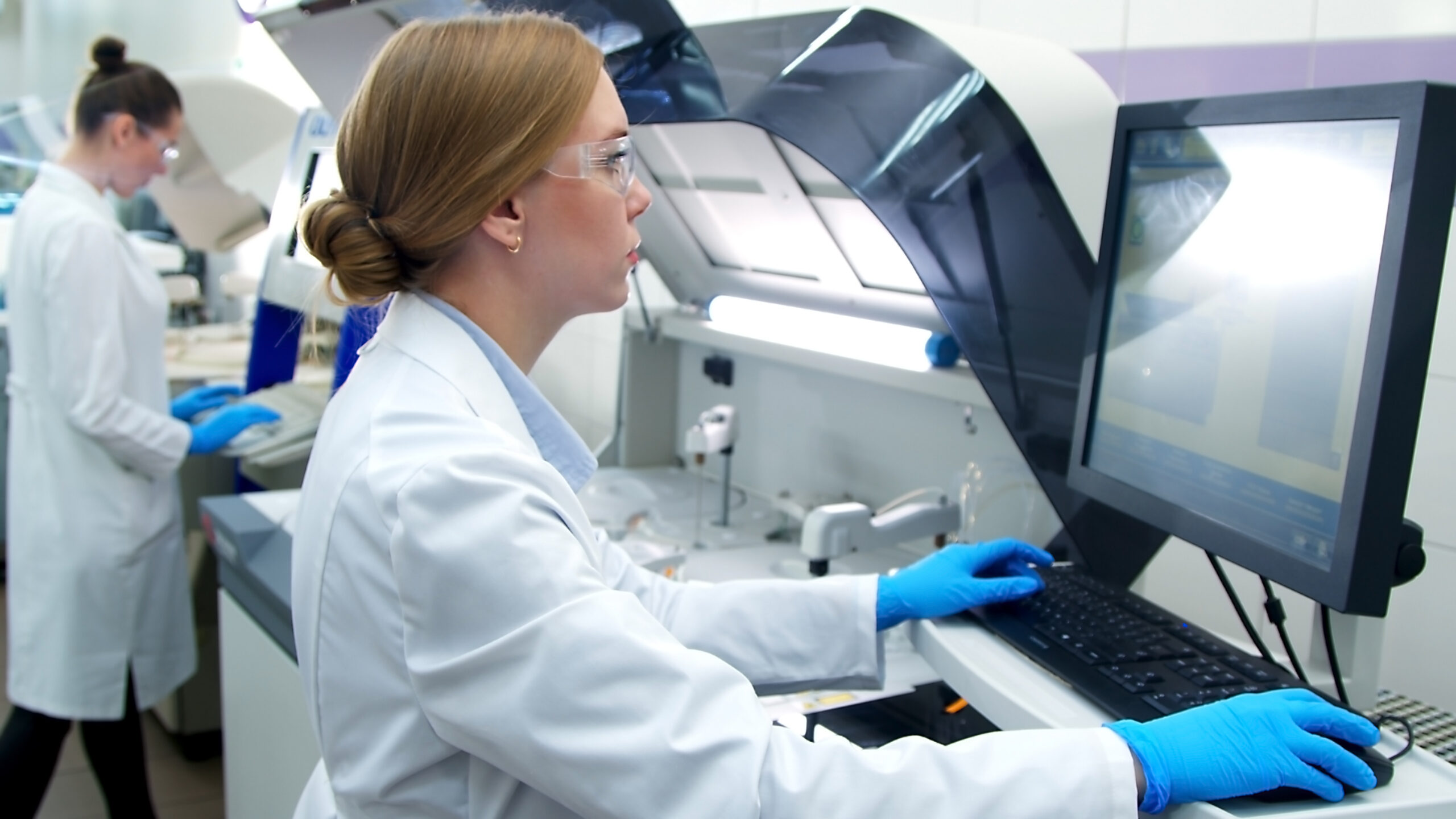Use of Technology for Efficient Pair Matching in In Vivo Studies
In vivo studies are crucial for understanding biological processes, evaluating potential treatments, and advancing medical research. Among the many challenges researchers face in designing studies, pair matching in animal research stands out as a critical aspect that can significantly influence the reliability and validity of results.
Pair matching involves the selection of comparable subjects or samples to form matched pairs across experimental groups and to ensure that such factors as age, sex, weight, and genetic background are balanced between them. The pair-matching process has historically been labor-intensive and prone to human error. However, advancements in technology are now revolutionizing pair matching in in vivo research by offering unprecedented efficiency and accuracy.
Importance of Efficient Pair Matching in In Vivo Studies
The creation of matched pairs is essential for controlling factors that could affect results. In biomedical research, such factors as age, sex, genetic background, and environmental conditions can profoundly affect outcomes. For instance, variations in age or genetic makeup can influence response to drugs or the progression of disease.
By matching subjects based on those variables, researchers can reduce the amount of variability within and between experimental groups, thereby leading to more-reliable and more-interpretable results.
Challenges in Traditional Pair Matching
Pair matching has typically been performed manually or with limited automation, relying on researchers to meticulously select matching pairs based on predefined criteria. That selection method is not only time-consuming but also prone to bias and human error, which gets compounded by heightened levels of study complexity and group sizes. Teams may overlook subtle differences or fail to consider all relevant variables, which could lead to skewed results and invalid conclusions.
5 Advantages to the Use of Technology for Efficient Pair Matching
The integration of software solutions into in vivo research has transformed the pair-matching process by offering several benefits:
-
Data-driven matching algorithms: Advanced algorithms can analyze vast datasets and identify optimal pairings based on multiple variables simultaneously. Machine-learning algorithms, for example, can learn from past pairings and optimize matching criteria to minimize variability within and between pairs.
-
Automated data collection and integration: Technology facilitates the seamless integration of data from various sources, including electronic health records, genetic databases, and experimental measurements. By automating data collection and data processing, researchers can access comprehensive information to quickly inform their pair-matching decisions.
-
Real-time monitoring and adjustment: Via technological solutions, researchers can continuously monitor variables and adjust pair-matching criteria in real time. Such a dynamic approach allows for adaptive matching strategies, ensuring that pairs remain balanced throughout study duration.
-
Better reproducibility and transparency: By documenting the ways that pairs get matched by means of digital tools, researchers can enhance the reproducibility and transparency of their studies. Detailed records of matching criteria and outcomes facilitate peer review, validation, and replication of results.
-
Scalability and efficiency: Solutions enable the scaling of pair-matching efforts to accommodate large-scale studies with thousands of subjects. And automated algorithms can process vast amounts of data efficiently, reducing the time and resources required for pair matching.
Use Case: Implementation of Technology in Pair Matching
To illustrate the impact of automation on pair matching in in vivo studies, consider the following hypothetical case study:
When conducting a study of the efficacy of a new cancer treatment, researchers have to pair mice based on age, sex, tumor size, and genetic background. But traditional methods of such pairing could be laborious and error prone. By taking advantage of technology-enabled solutions, researchers can implement data-driven matching algorithms that integrate data from electronic health records, genetic profiles, and imaging data.
Such algorithms identify optimal pairs based on predefined criteria while dynamically adjusting matching parameters as new data become available. As a result, the study assembles more-balanced experimental groups, leading to more-reliable conclusions with regard to the treatment’s effectiveness.
Conclusion
Matched pairs play a crucial role in controlling variables and ensuring the validity of in vivo research studies. Although traditional methods are prone to limitations and inefficiencies, technology offers a transformative solution. By turning to data-driven solutions, automated data integration, and real-time monitoring, researchers can streamline pair matching, enhance reproducibility, and accelerate scientific discovery.
Want to learn more about how to do pair matching in the Climb in vivo software? Read our blog.




